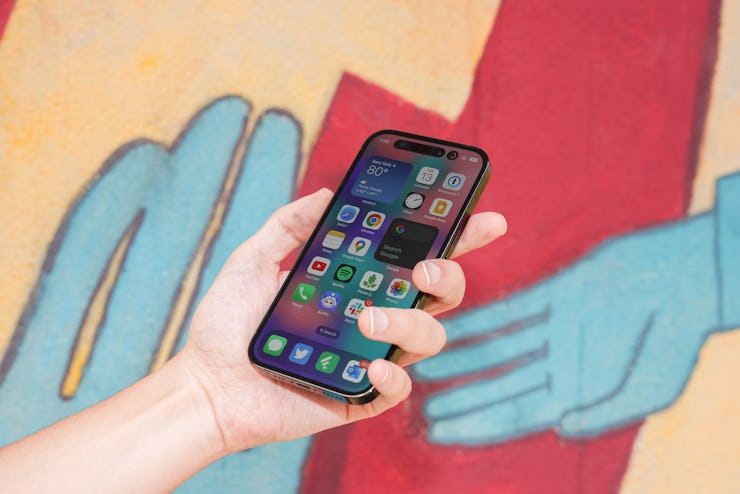The iPhone 15 Pro Might Copy This Old Samsung Phone Idea
Customizable hardware buttons? What is this, Samsung in 2018?

I’d never say no to any tech company rethinking its stance on buttons, but I have to say I didn’t expect Apple to be one of them. And yet, rumors point to changes on the iPhone 15 Pro that could mark a significant departure for the company — an actual customizable button and the means to keep it “active” and useable even when your phone is off.
Tweaks to the iPhone 15 Pro’s volume buttons and mute switch became apparent when the first leaks of Apple’s next flagship phone were shared earlier this month. And now, thanks to the information posted by an anonymous source on the MacRumors forum (healthy skepticism encouraged), how those haptic buttons could work is getting clearer.
The iPhone has naturally become more complex and capable as it's been iterated upon, but this type of hardware change, assuming it does come to pass, takes the iPhone to a place its minimalist beginnings would never suggest: the heady days of Android phones in the 2010s.
The Action Button Returns
The Action Button can be assigned to do a variety of tasks or to launch apps.
Per MacRumors’ source, the volume controls and mute switch will be haptic buttons, like the trackpad of a modern MacBook Pro or the home button on an iPhone SE, as predicted. Curious fans have wondered how those buttons — particularly the mute switch — will function while the phone is off, and the answer, according to this poster, is a new internal component for managing the new not-buttons and other low-power iPhone tasks that used to be handled by the main A-series chip.
When current iPhones are low-power or dead, they can still handle tasks like Apple Pay or seek Bluetooth connections with other Apple devices to update Find My for a limited period of time. This new microprocessor, assuming it shows up, will extend those capabilities to the buttons and, combined with improved efficiency and a larger battery, could make them available for a longer period of time while your phone is off. If the mute switch/button functions as a re-assignable toggle, as MacRumors’ source suggests, that opens up even more possible functionality the iPhone 15 Pro could be capable of on the fly.
The idea of a multi-purpose button isn’t entirely new for Apple — the Apple Watch Ultra has a delightfully orange one — but is a big deal for iPhone, whose hardware inputs have been surprisingly consistent, save for the removal of the home button on the iPhone X. Look outside of Apple’s walled garden, though, and it's not so novel. Samsung even included a blue “Active Button” on the Samsung Galaxy S6 Active which could launch any app you assigned to it. If the iPhone 15 Pro is going the way of the Apple Watch Ultra, Apple is essentially cherry-picking an idea Android phone makers tested out in 2015.
A Mature Computing Platform
The iPhone has to become a more capable and flexible computer.
On one hand, new buttons are just the latest example of the company’s propensity to over-engineer something that was working fine just for the sake of a new feature bullet point. On the other hand, it reflects the mature state of smartphones and the iPhone in particular. The last few years of hardware upgrades and iOS updates have seemed like echoes of things Android phones have done before because at this point customization and “pro-level” flexibility are all Apple can offer.
The iPhone is very capable as a computer and camera, and it sits at the centerpiece of Apple’s business, driving hardware sales (for itself and accessories like the Apple Watch and AirPods) and App Store transactions at a scale I often wonder if the company expected or wanted when it first launched the device. For Apple to keep the iPhone as the computer at the heart of millions of people’s lives means making it more like the free-wheeling and personalized world of Android than what the company started with. An easier task now when the number of Android manufacturers to be compared against has shrunken dramatically, but one that still results in a much more complicated product.
This article was originally published on